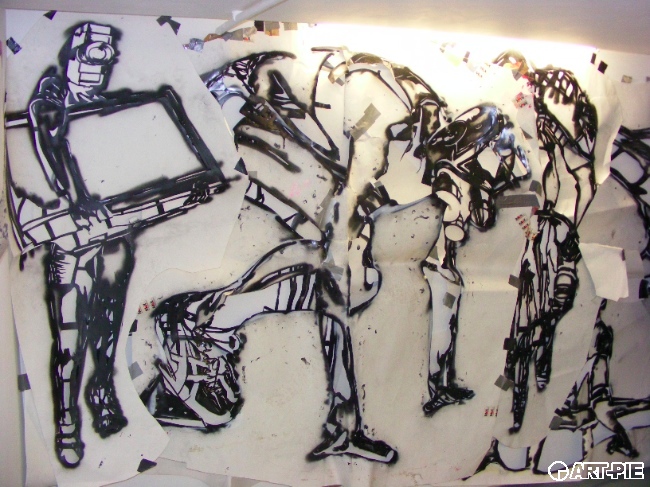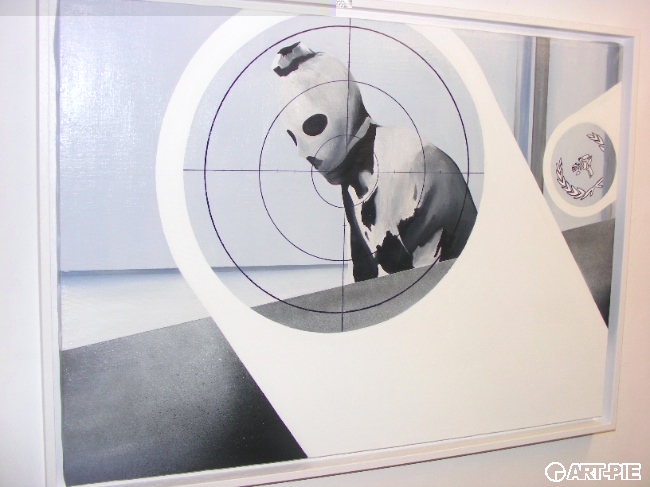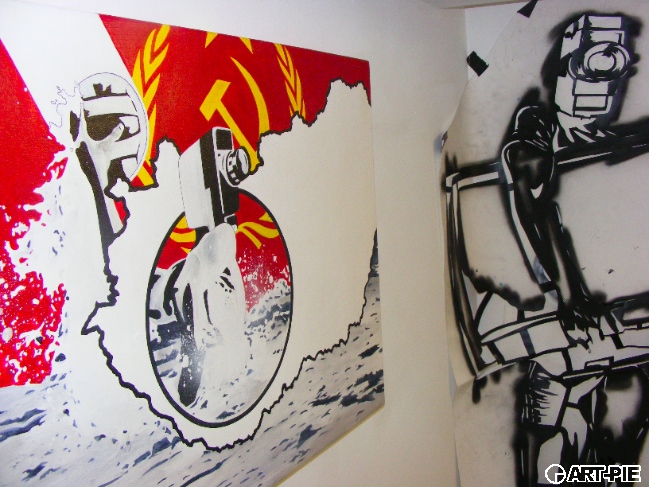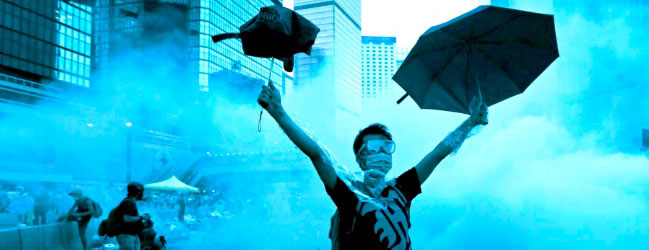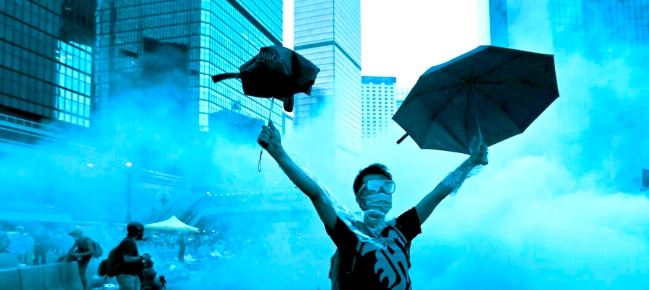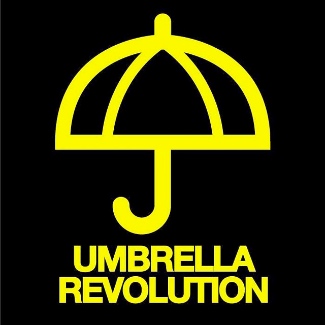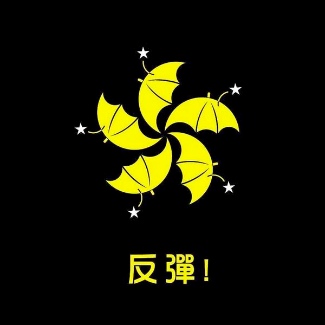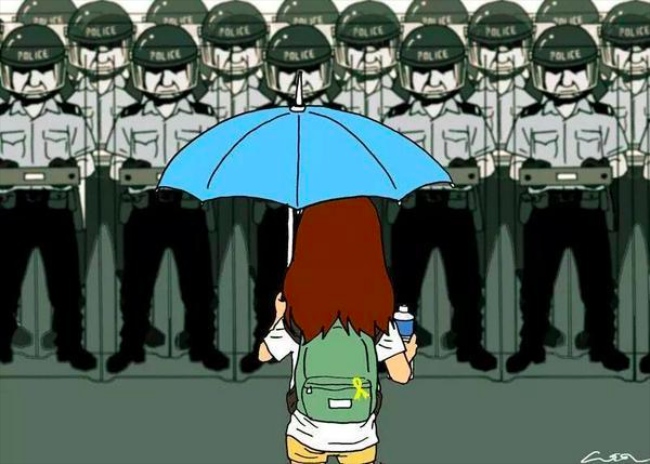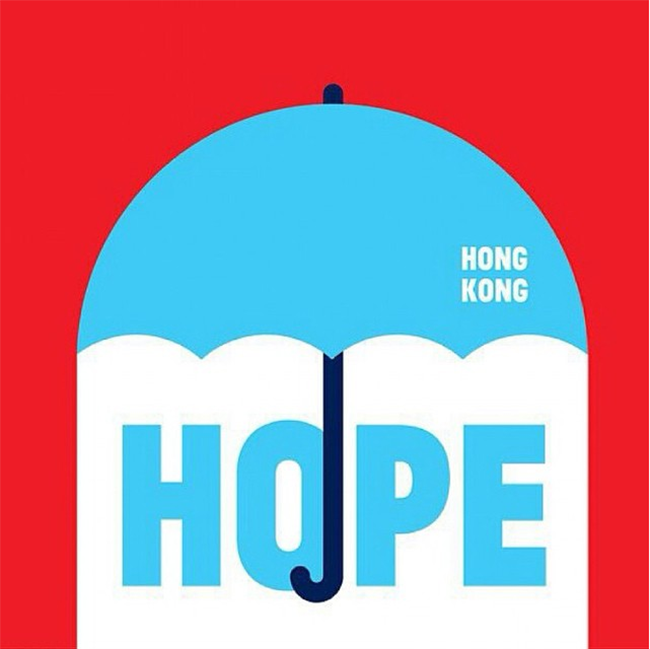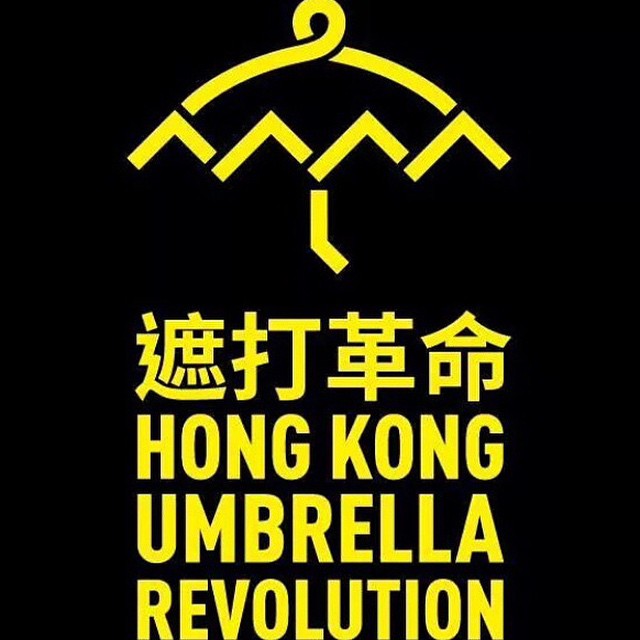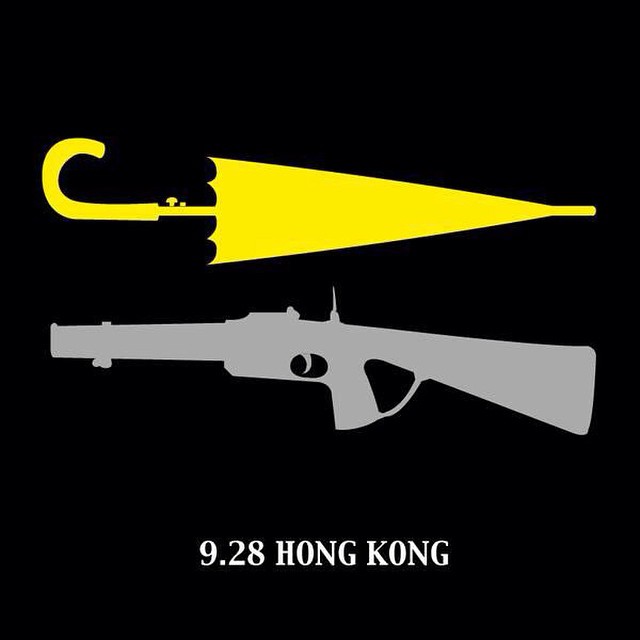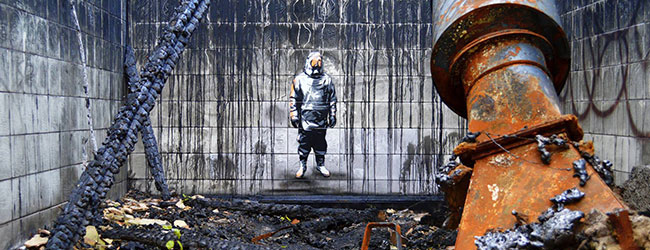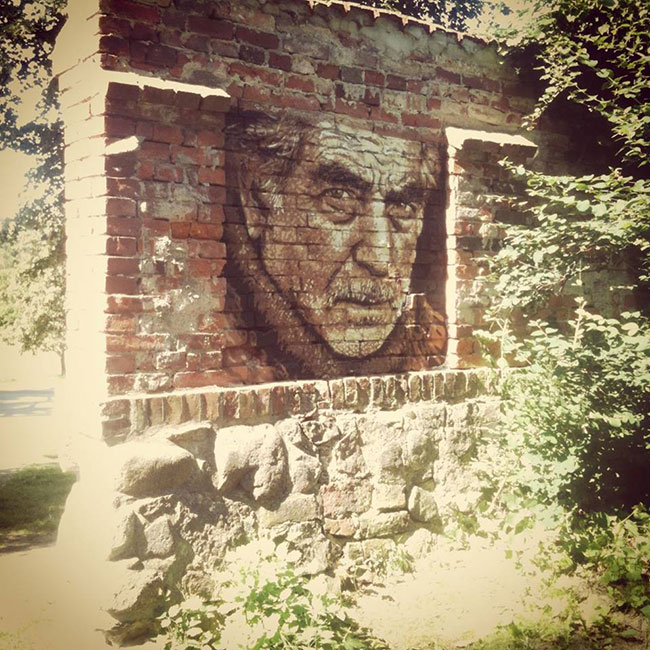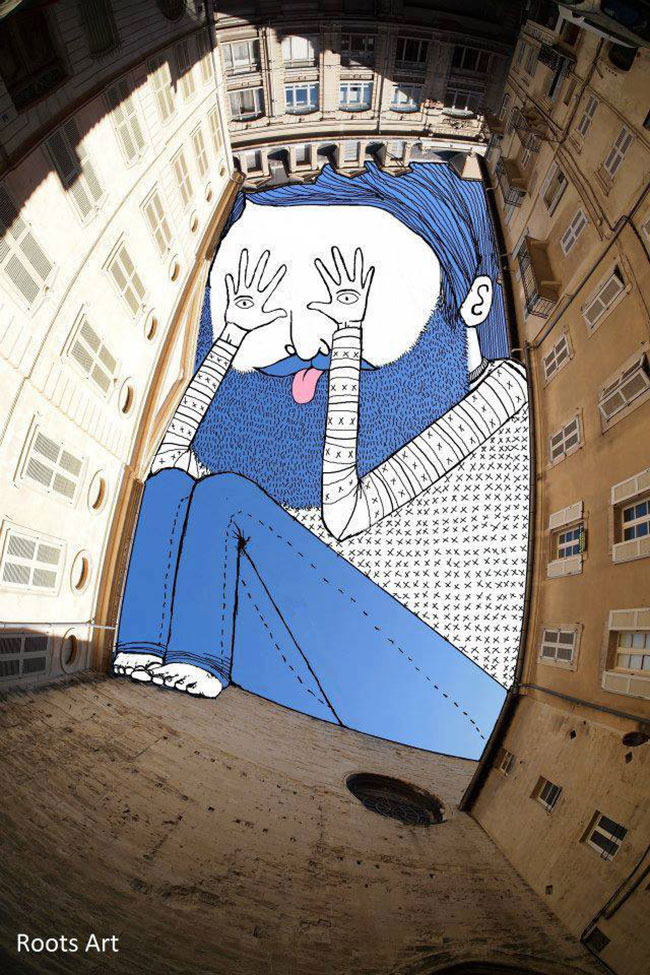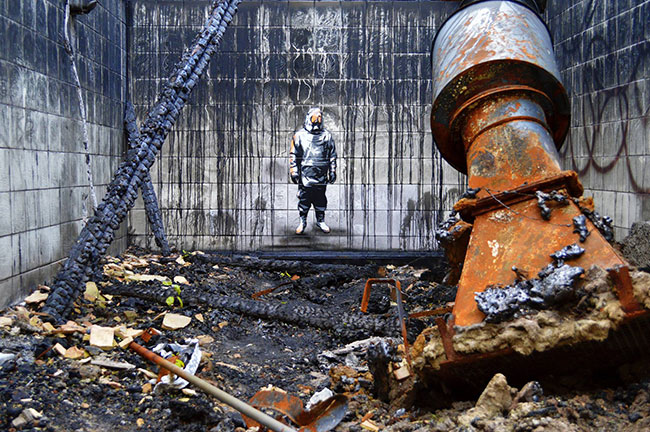John Stezaker once said of Collage that it “is a yearning for a lost world and reflects a universal sense of loss”. Those sentiments are certainly reflected in the work of artist and radical feminist Linder Sterling (also known as Linder).
In her series Pretty Girls, Linder reacted to visual world she occupied, a society of inequality and the gender specific rhetoric. Linder used the magazines of the late 70’s and 80’s as her painters brush. Splicing images of naked women from pornography, and kitchen appliances from those awful home improvement catalogues, she created a curious and slightly disturbing, yet telling depiction on the representation of women of the time.
Looking back at these images from the 70’s and the post punk era it’s amazing how contemporary they feel. Is this due to the inherent nature of collage and it’s yearning for a lost world (as Stezaker put it). Or is it that in a time when we are bombarded with imagery on a daily basis that more and more contemporary artists and looking back in time in an attempt to decipher it all?
Guest post by Brian J Morrison

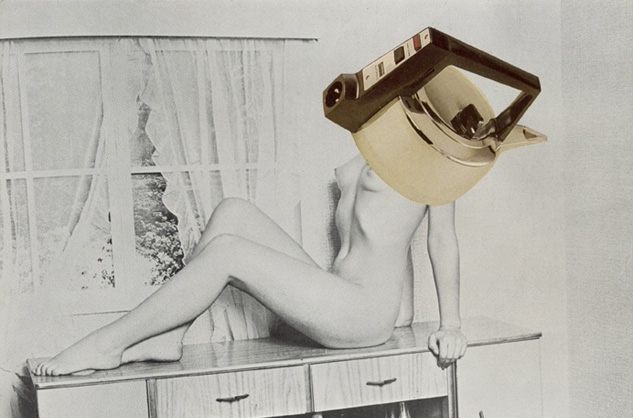
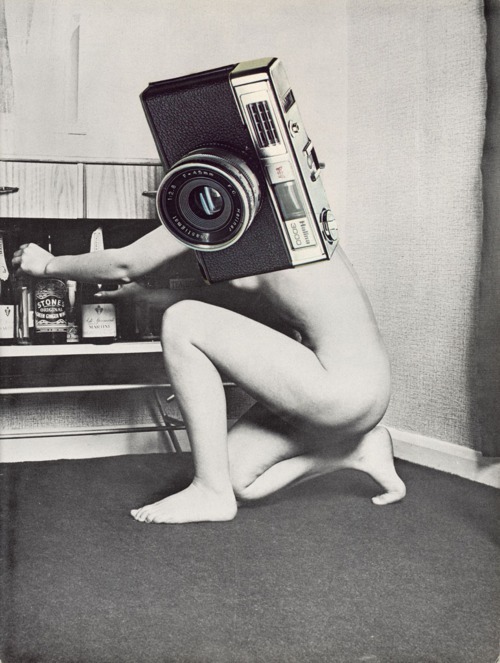
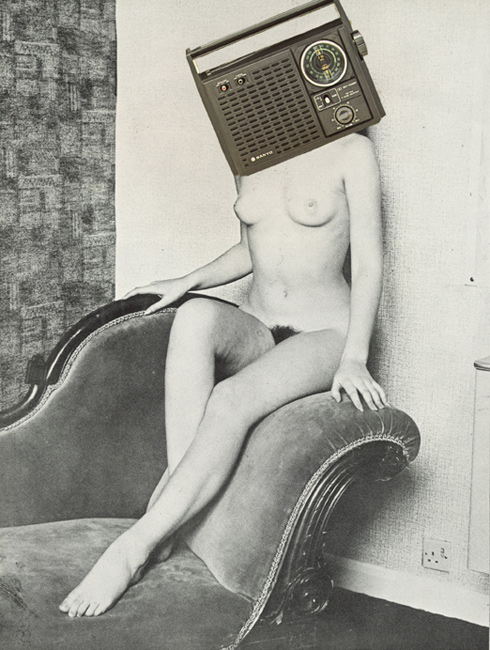
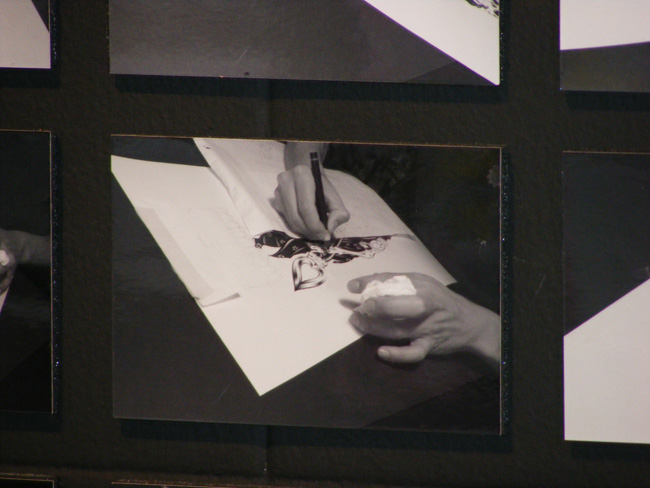

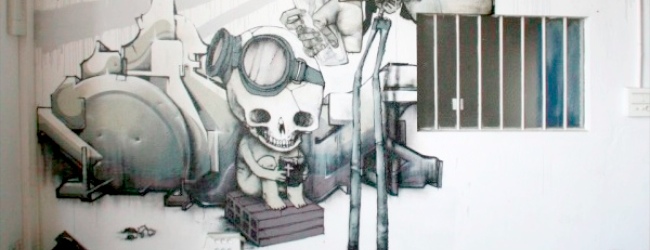
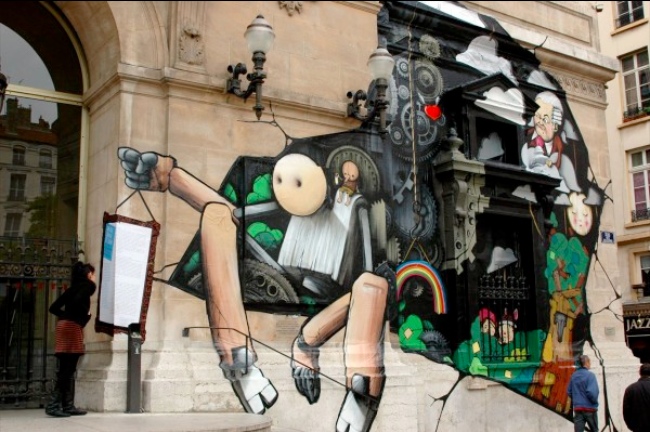
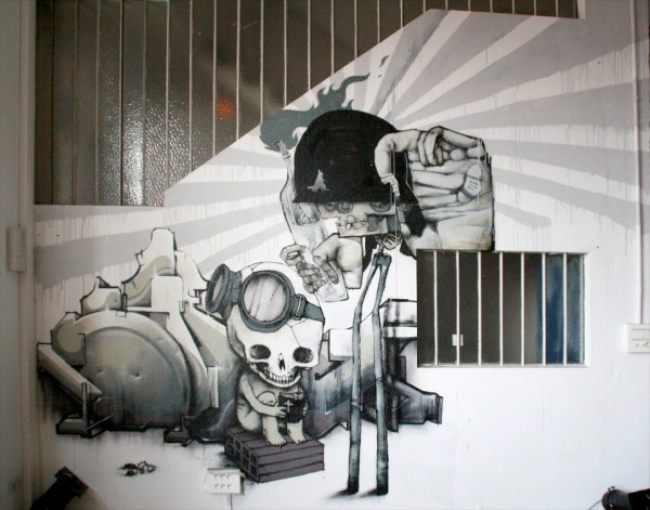
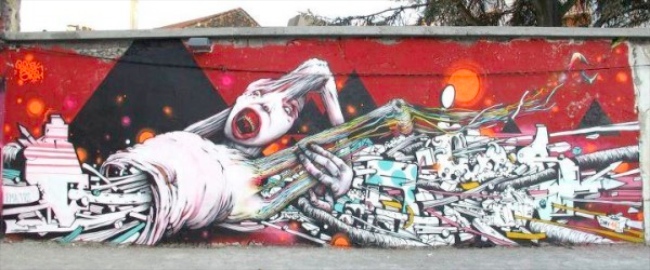
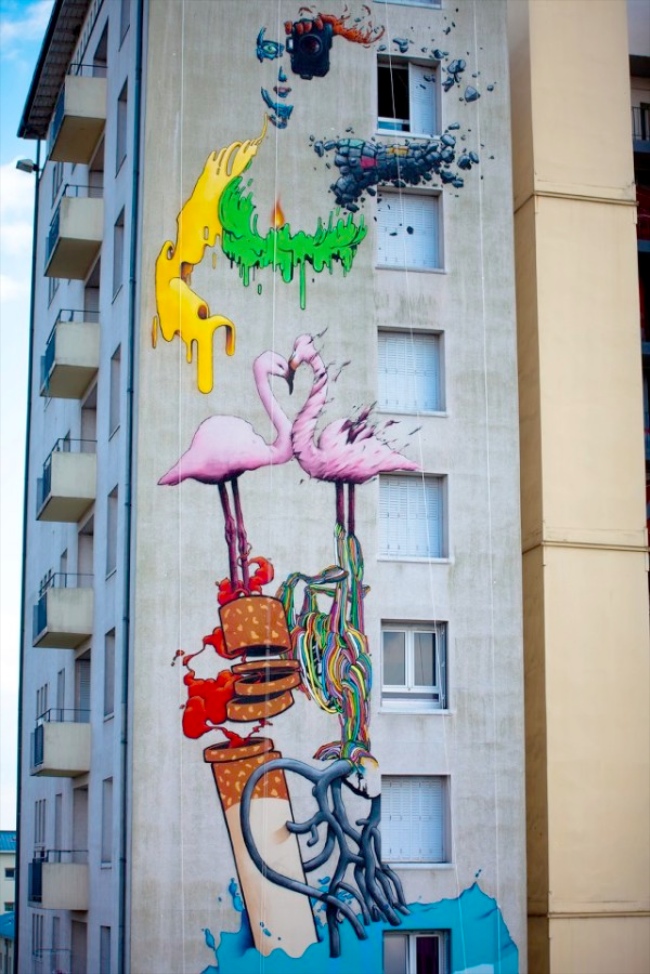
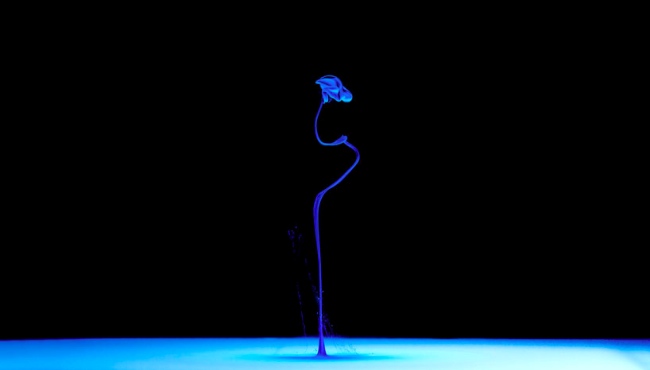
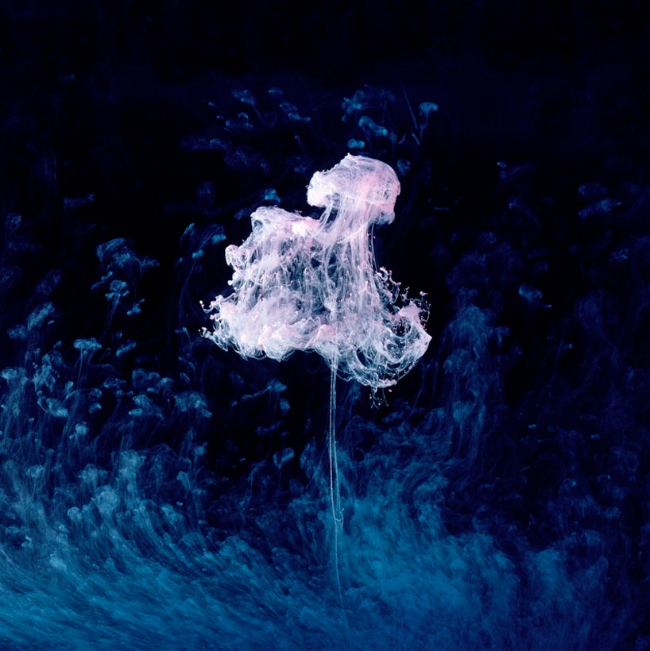
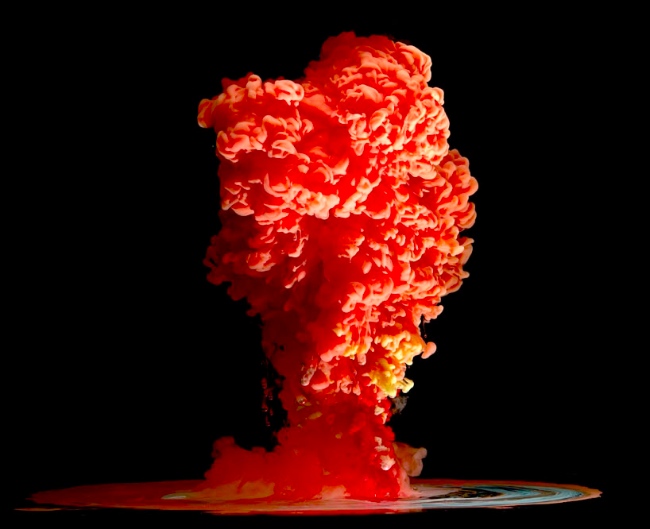
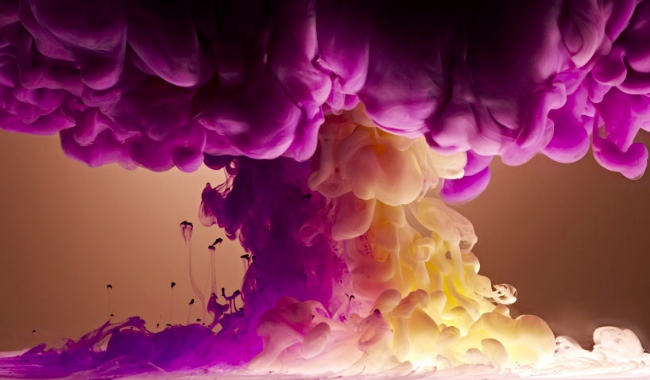
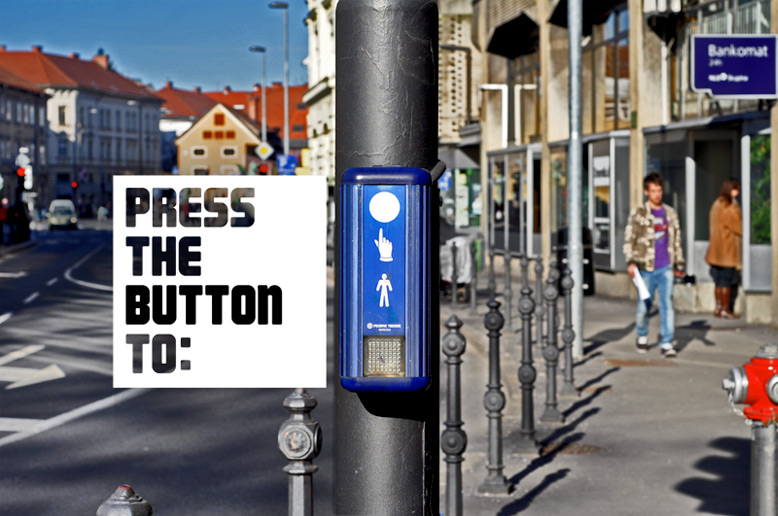
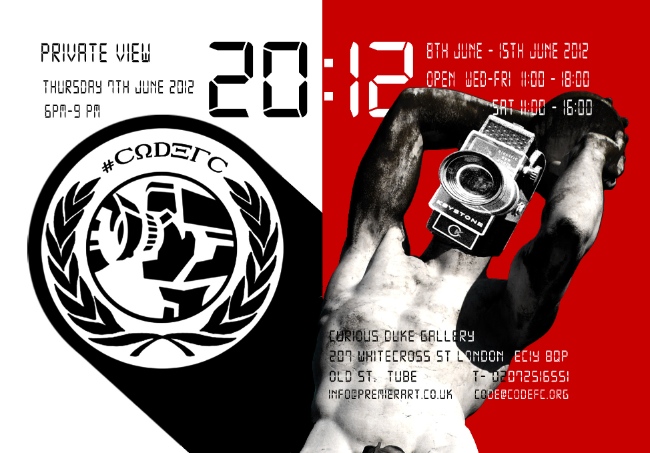
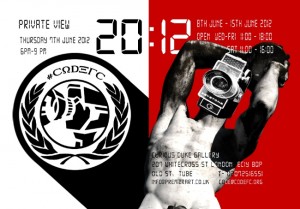 We had the chance to get a sneak preview of 20:12, #CODEFC’s London Olympics Installations show opening tomorrow at
We had the chance to get a sneak preview of 20:12, #CODEFC’s London Olympics Installations show opening tomorrow at 